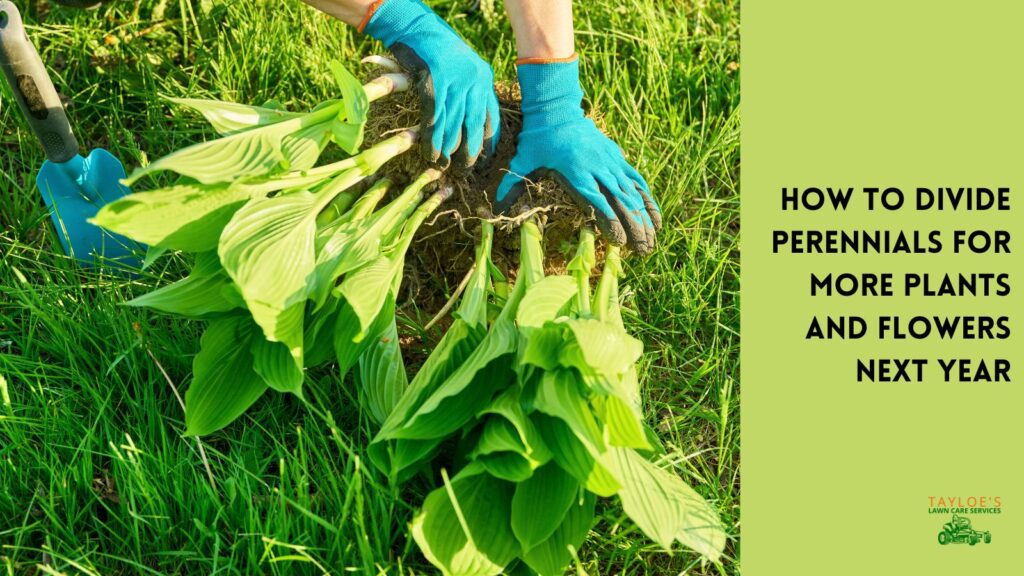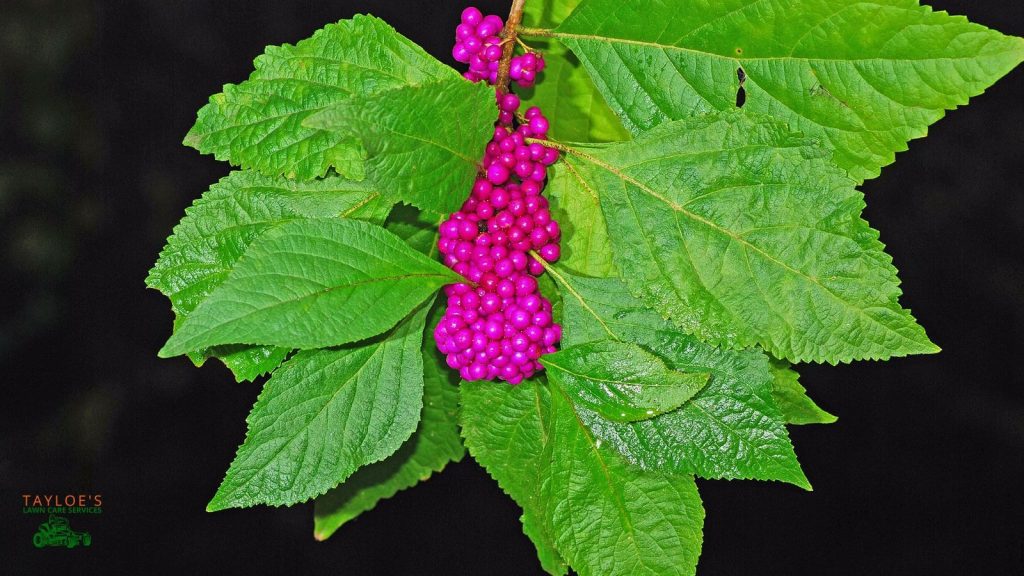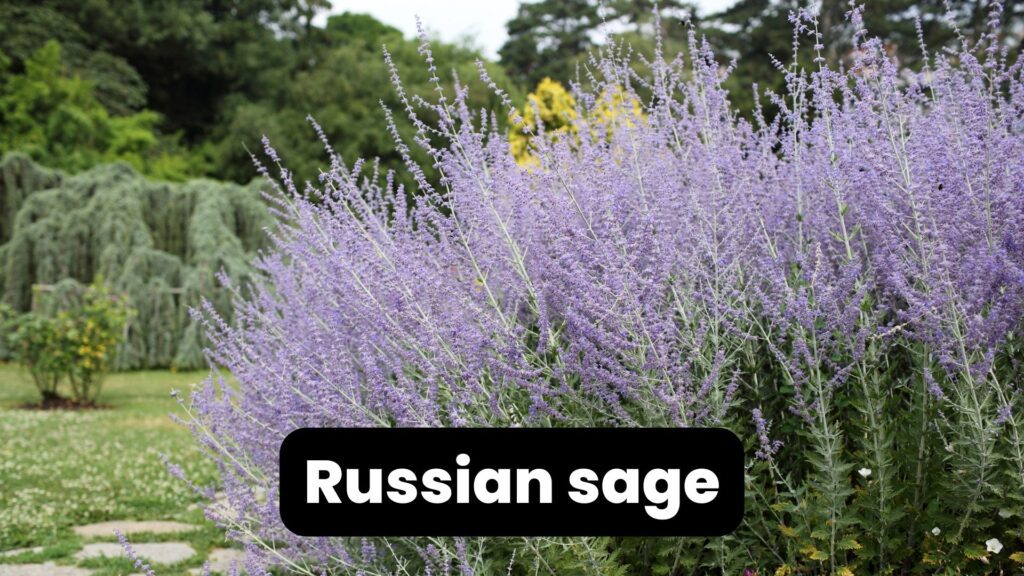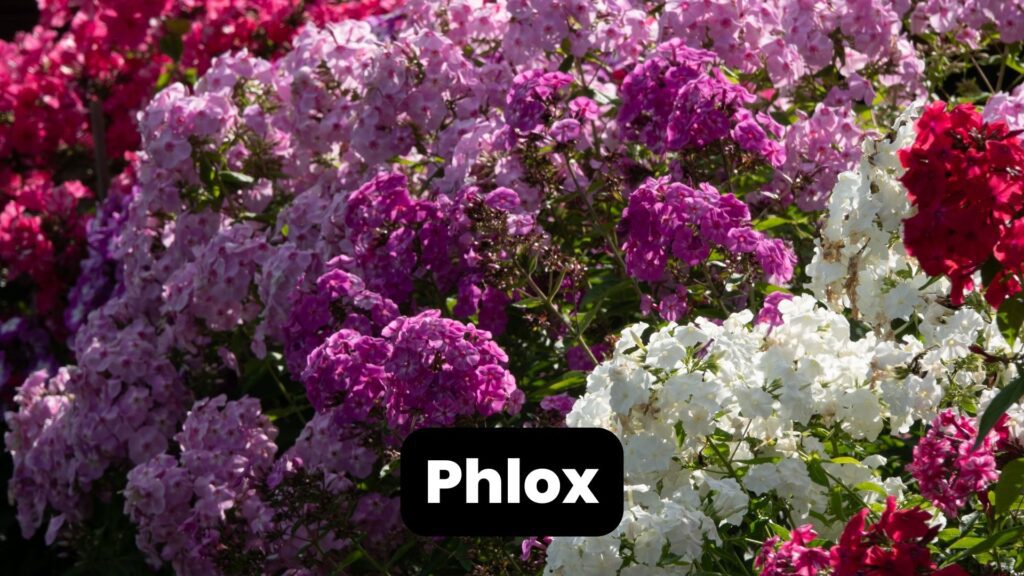Last Updated on: 27th January 2025, 07:06 am
Want a beautiful garden every year with less effort? Try these twenty flowering perennials.
Gardeners widely use perennial flowers for their ease of care, colorful appearance, and ability to re-bloom year after year with minimal effort. Today, we will discuss twenty gorgeous flowering perennials that will thrive across most of the United States. There’s a beautiful plant here for almost everyone!
Although we live and work in zones 7b and 8a, these beauties will work throughout most of the United States. Even better, most require little care.
What Are Perennial Flowers Versus Annuals?
For those new to gardening, let’s explain what a perennial is. A perennial is a plant that lives for more than two years, often returning and blooming year after year. Unlike annuals, which complete their life cycle within a single growing season, and biennials, which live for two years, perennials can regrow from their root systems and persist for multiple years.
Advantages of Growing Perennial Flowers Versus Annuals
Perennial flowers offer several advantages in gardening. First off, they provide enduring beauty and establish a more permanent presence in your garden than annuals. Once you install them, perennials continue to grow and bloom for many years, reducing the need for replanting every season. This can save time, effort, and money in the long run.
Additionally, perennials often develop a more extensive root system over time. They can withstand harsh weather conditions and periods of drought better than some other types of plants. Their ability to return year after year allows them to establish deeper roots and adapt to their environment.
So Many Perennial Flowers to Choose From
Flowering perennials come in various forms, including flowers, grasses, ferns, and shrubs. They offer an array of colors, textures, and bloom times, allowing you to create diverse and visually appealing landscapes. From vibrant flowers to striking foliage, perennials can be selected to suit your personal preferences and gardening goals.
Although flowering perennials are long-lived, they may still have specific requirements regarding sunlight, soil conditions, and water needs. Choosing perennials well-suited to your local climate and growing conditions is essential to ensure their success in your garden.
20 Perennial Flowers to Try
With their ability to bring beauty and resilience year after year, perennial flowers are a wonderful addition to any garden, whether you’re a novice or an experienced gardener.
1 – Black-eyed Susan (Latin: Rudbeckia):
- USDA Growing Zones: 3-9
- Watering: Moderate water needs; allow soil to dry between waterings.
- Sunshine: Full sun to partial shade
- Description: The Black-eyed Susan radiates rustic charm with its vibrant yellow petals and captivating dark centers. Flourishing from mid-summer to fall, these perennials effortlessly infuse warmth and cheer into any garden space. Resilient and low-maintenance, they are a favorite among seasoned gardeners and nature enthusiasts alike.
2 – Coneflower (Latin: Echinacea):
- USDA Growing Zones: 3-9
- Watering: Low to moderate water needs; well-draining soil is essential.
- Sunshine: Full sun
- Description: Embodying elegance, Coneflowers enchant with their daisy-like blooms, available in an exquisite palette of hues. From mid-summer to early fall, these majestic perennials attract pollinators while gracing your garden with sophistication and grace. Choose from a diverse range of cultivars and revel in their timeless allure.
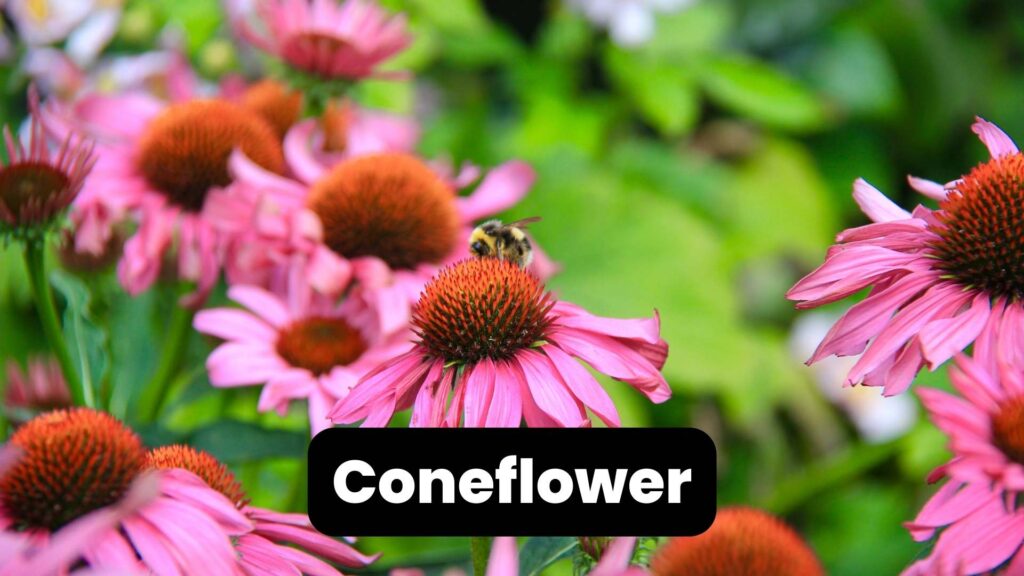
3 – Daylily (Latin: Hemerocallis):
- USDA Growing Zones: 3-9
- Watering: Moderate water needs; adaptable to different soil conditions.
- Sunshine: Full sun to partial shade
- Description: The Daylily showcases its magnificent color spectrum during mid-summer to early fall, offering a mesmerizing floral spectacle. Versatile and resilient, these perennials thrive in various soil types, making them ideal for beginners and seasoned green thumbs. Elevate your garden with their captivating charm and effortless beauty.
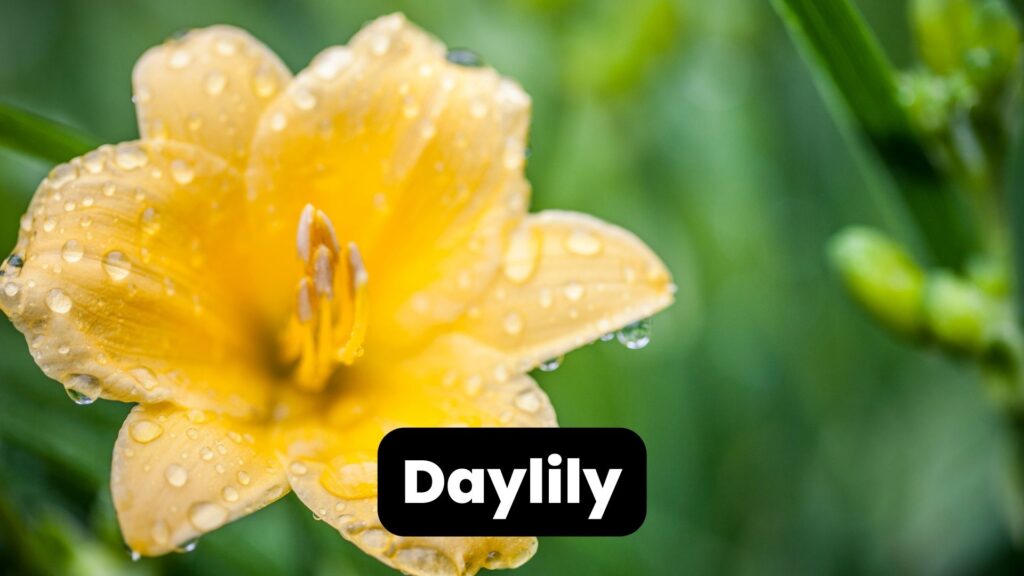
4 – Hosta (Latin: Hosta):
- USDA Growing Zones: 3-9
- Watering: Regular watering; prefers moist soil but not waterlogged.
- Sunshine: Partial shade to full shade
- Description: Hostas captivate with their lush foliage and delicate blooms, creating a tapestry of texture in shady corners of your garden. These perennials, flowering in mid-summer, embrace various leaf colors and patterns, making them a striking choice for adding depth and visual interest to any landscape.
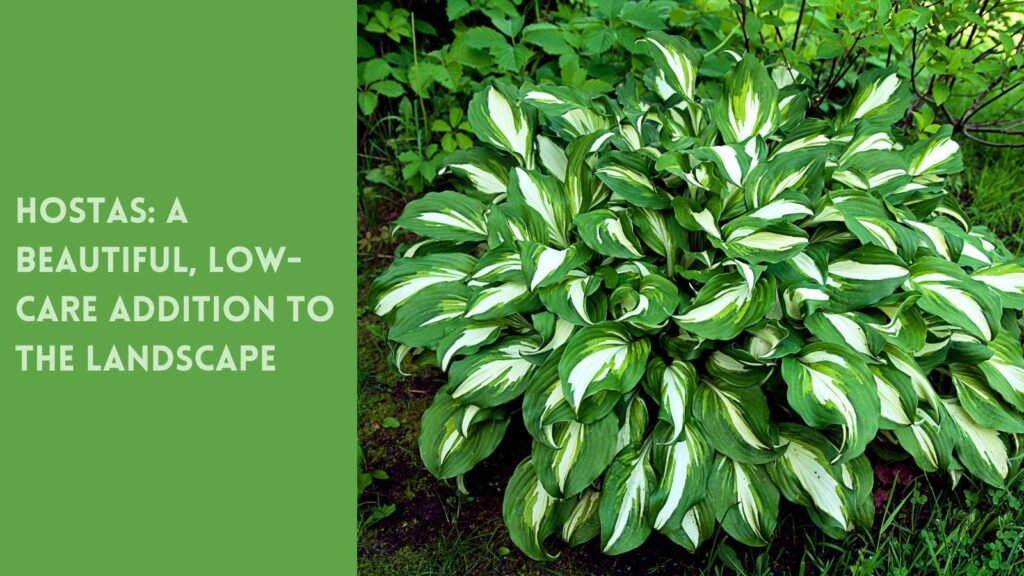
5 – Peony (Latin: Paeonia):
- USDA Growing Zones: 3-8 (Tree peonies: 4-9)
- Watering: Regular watering; requires well-drained soil.
- Sunshine: Full sun to partial shade
- Description: The Peony personifies opulence and allure with its fragrant blooms. These showstoppers captivate from late spring to early summer with a diverse color palette. Whether adorning borders or stealing the spotlight as cut flowers, Peonies exude elegance and leave a lasting impression on any garden they grace.
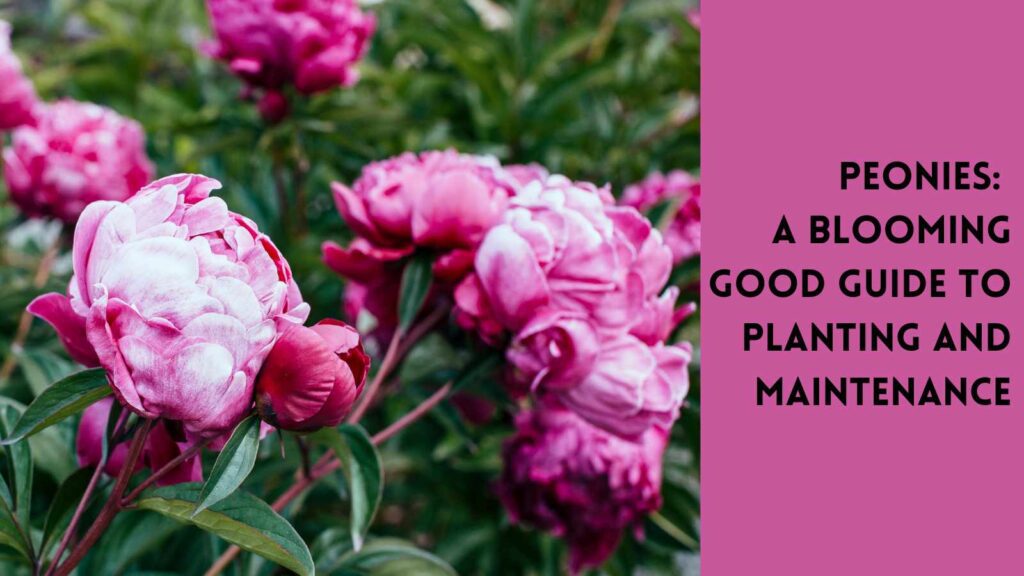
6 – Salvia (Latin: Salvia):
- USDA Growing Zones: Varies by species (typically 4-9)
Watering: Moderate water needs; well-drained soil is essential. - Sunshine: Full sun
- Description: Salvia species showcase spikes of vibrant blue, purple, and pink flowers that bloom from mid-summer to early fall. These versatile perennials are drought-tolerant and require minimal care.
7 – Sedum (Latin: Sedum):
- USDA Growing Zones: 3-9
- Watering: Low water needs; drought-tolerant once established.
- Sunshine: Full sun
- Description: Sedums are resilient flowering perennials characterized by their succulent leaves and clusters of small, star-shaped flowers. Thriving from late summer to early fall, they add a touch of uniqueness and texture to your garden. With a wide range of shapes, sizes, and colors, Sedums are excellent choices for rock gardens, borders, or containers.
8 – Shasta Daisy (Latin: Leucanthemum x superbum):
- USDA Growing Zones: 4-9
- Watering: Regular watering; allow the soil to dry between waterings.
- Sunshine: Full sun to partial shade
- Description: The Shasta Daisy is a beloved classic, boasting white petals and sunny yellow centers. Blooming from mid-summer to early fall, these perennials bring a cheerful ambiance to any garden. With their timeless beauty and ability to attract bees and butterflies, Shasta Daisies are a delightful addition to borders, beds, or cut flower arrangements.
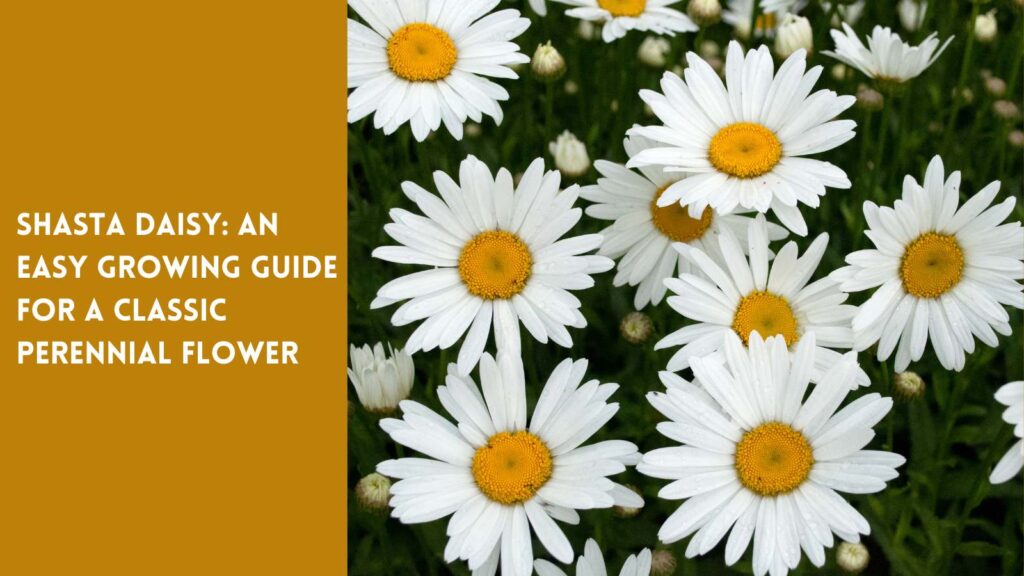
9 – Russian Sage (Latin: Perovskia atriplicifolia):
- USDA Growing Zones: 4-9
- Watering: Low water needs; well-draining soil is essential.
- Sunshine: Full sun
- Description: Russian Sage stands tall, showcasing its breathtaking spires of lavender-blue flowers. Blooming from mid-summer to early fall, these drought-tolerant perennials emanate an air of elegance and add vertical interest to your landscape. Not only do they enchant with their beauty, but they also attract pollinators, infusing your garden with life.
10 – Phlox (Latin: Phlox):
- USDA Growing Zones: Varies by species (typically 3-9)
- Watering: Regular watering; prefers moist soil.
- Sunshine: Full sun to partial shade
- Description: Phlox flowers boast vibrant colors and a captivating fragrance, making them a garden favorite. They create a picturesque scene from mid-summer to early fall, attracting butterflies as if performing a delightful ballet. With their versatility and ability to thrive in various conditions, Phlox offers endless possibilities for enhancing your garden’s charm.
11 – Lavender (Latin: Lavandula):
- USDA Growing Zones: 5-9 (varies by species)
- Watering: Low water needs; well-drained soil is crucial.
- Sunshine: Full sun
- Description: Lavender embodies tranquility with its aromatic foliage and stunning purple blooms. Flourishing under abundant sunshine, these perennials are cherished for their soothing fragrance and medicinal properties. Whether used for borders, hedges, or as cut flowers, Lavender brings an aura of serenity to your garden.
12 – Gaillardia (Latin: Gaillardia)
- USDA Growing Zones: 3-10
- Watering: Low water needs; drought-tolerant once established.
- Sunshine: Full sun
- Description: Gaillardia, known as blanket flowers, ignite the garden with fiery red and yellow petals. Blooming from early summer to fall, these hardy perennial flowers withstand heat and arid conditions. Their vibrant colors and ability to attract butterflies make Gaillardia a captivating addition to any sunny garden space.
13 – Astilbe (Latin: Astilbe):
- USDA Growing Zones: 4-9
- Watering: Regular watering; prefers moist soil.
- Sunshine: Partial shade to full shade
- Description: Astilbe’s feathery plumes of flowers bring a touch of enchantment to shaded garden areas. Blooming in early to mid-summer, these perennials offer delicate shades of pink, red, and white. With their love for moisture and partial shade, Astilbes thrive alongside ferns and hostas, creating a harmonious woodland retreat.
14 – Hellebore (Latin: Hellebore):
- USDA Growing Zones: 4-9
- Watering: Regular watering; prefers moist, well-drained soil.
- Sunshine: Partial shade to full shade
- Description: Hellebores, also known as Lenten roses, are early bloomers, showcasing their exquisite flowers in late winter to early spring. These perennials come in various colors, including shades of pink, purple, and white, often with delicate speckles. Thriving in the shade and cool temperatures, Hellebores bring a touch of elegance and resilience to your garden.
15 – Coral Bells (Heuchera):
- USDA Growing Zones: Varies by species (typically 4-9)
- Watering: Regular watering; prefers evenly moist soil.
- Sunshine: Full sun to partial shade (varies by species)
- Description: Coral Bells are prized for their attractive foliage and delicate bell-shaped flowers. These perennials add a splash of color to shady corners, ranging from shades of green and burgundy to vibrant hues like coral and silver. With their adaptability and tolerance for different light conditions, Coral Bells offer versatility and visual appeal.
16 – Coreopsis (Latin Coreopsis):
- USDA Growing Zones: Varies by species (typically 3-9)
- Watering: Low to moderate water needs; well-drained soil is important.
- Sunshine: Full sun
- Description: Coreopsis, with their cheerful yellow daisy-like blooms, bring a burst of sunshine to your garden. These mid-summer to fall perennial flowers are known for their long-lasting blooms and attract butterflies with their nectar-rich blossoms. With their low maintenance and ability to thrive in sunny locations, Coreopsis is a must-have for vibrant, pollinator-friendly gardens.
17 – Delphinium (Latin: Delphinium):
Note: Tayloe’s Lawn Care Services clients are in zones 7b and 8a. If you’d like to try growing Delphinium flowers in 8a, you should do just fine. Be sure to give them a spot for some late afternoon shade.
- USDA Growing Zones: 3-7 (varies by species)
- Watering: Regular watering; prefers moist soil.
- Sunshine: Full sun
- Description: Delphiniums stand tall, boasting majestic spires of blue, purple, pink, and white flowers. Blooming in early to mid-summer, these stunning perennials create a focal point in the garden. These stunning perennial flowers’ vertical presence and captivating colors add drama and allure to any landscape, attracting bees and butterflies.
18 – Veronica (Latin: Veronica):
- USDA Growing Zones: Varies by species (typically 3-9)
- Watering: Moderate water needs; well-drained soil is essential.
- Sunshine: Full sun to partial shade (varies by species)
- Description: Veronica plants offer spiky flowers in shades of blue, pink, and white, blooming from early summer to fall. These versatile perennials, also known as speedwells, thrive in various conditions, from sunny borders to rock gardens. Veronica’s charming presence and long-lasting blooms make them a cherished addition to any garden style.
19 – Rudbeckia (Latin: Rudbeckia):
- USDA Growing Zones: 3-9 (varies by species)
- Watering: Moderate water needs; well-drained soil is important.
- Sunshine: Full sun to partial shade (varies by species)
- Description: Rudbeckia, commonly known as black-eyed Susan, brightens gardens with its golden-yellow petals and dark centers. Blooming from mid-summer to fall, these cheerful perennials attract pollinators while adding a touch of warmth and vitality. Rudbeckias thrive in many growing conditions, from prairie-style landscapes to cottage gardens.
20 – Bleeding Heart (Latin: Dicentra):
- USDA Growing Zones: Varies by species (typically 3-9)
- Watering: Regular watering; prefers evenly moist soil.
- Sunshine: Partial shade to full shade
- Description: The Bleeding Heart’s heart-shaped flowers dangle from arching stems. Thus, it creates a captivating display in late spring to early summer. These perennial flowers, available in pink and white varieties, thrive in the shade and add a touch of romance to woodland gardens or shady borders. Bleeding Hearts’ graceful presence and unique blossoms make them a cherished addition to any garden retreat.
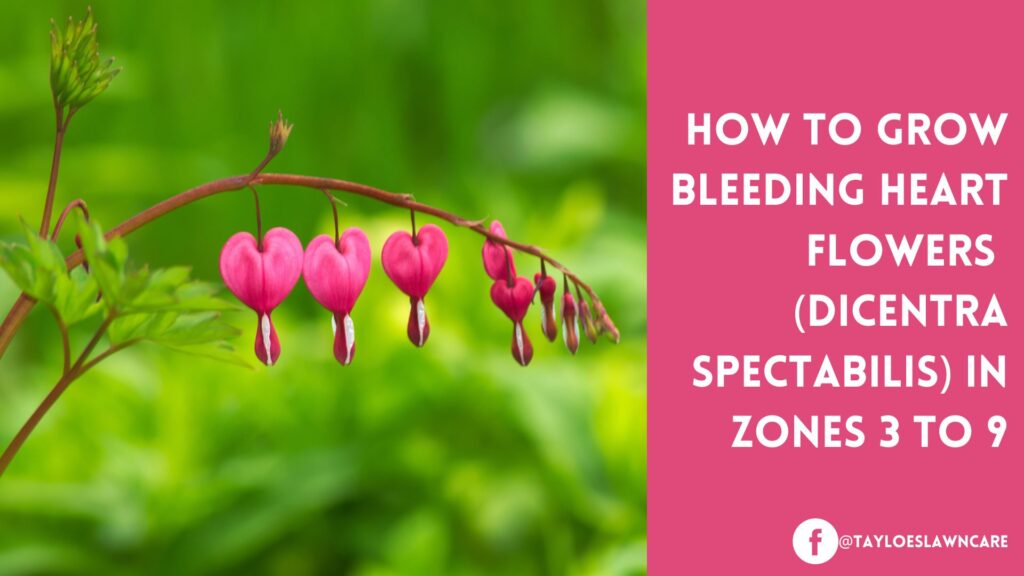
Try These 20 Perennial Flowers for Stunning Color and Beauty
With these twenty best selections for North America, you now have a treasure trove of options to elevate your garden spaces. From the vibrant hues of Black-eyed Susans and Coneflowers to the elegance of Peonies and Lavender, each flowering perennial brings its unique charm and resilience to your outdoor haven.
Consider each perennial flower’s care demands – watering needs and sunlight requirements – as you plan your garden. Whether you’re seeking full sun blooms or plants that thrive in partial shade, there’s a perennial flower to suit your preferences and gardening conditions.
Love this content about perennial flowers? Follow Tayloe’s Lawn Care Services, LLC on Facebook. We post gardening, landscaping, and outdoor lifestyle content regularly.
Author Profile

- Deborah Tayloe is the CEO and co-founder of Tayloe's Lawn Care Services, LLC. She has a B.S.Ed and holds certificates in soil and water management and herbology from accredited programs.
Latest entries
 Trees and ShrubsApril 22, 2025Boxwood Blight: Early identification and isolation
Trees and ShrubsApril 22, 2025Boxwood Blight: Early identification and isolation Flower GardenApril 8, 2025John F. Kennedy Rose: Hybrid tea rose with elegant white blooms
Flower GardenApril 8, 2025John F. Kennedy Rose: Hybrid tea rose with elegant white blooms Vegetable GardenMarch 24, 2025Trellis vegetables provide an abundant vertical garden harvest
Vegetable GardenMarch 24, 2025Trellis vegetables provide an abundant vertical garden harvest GardeningMarch 17, 2025Are coffee grounds good for compost?
GardeningMarch 17, 2025Are coffee grounds good for compost?

